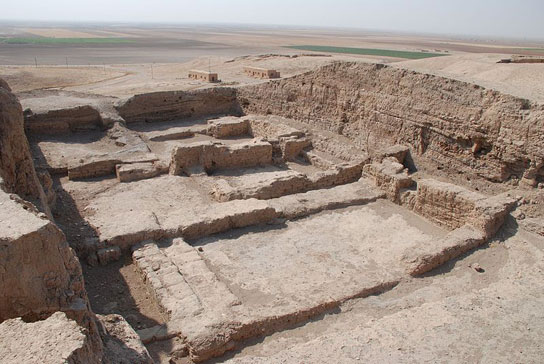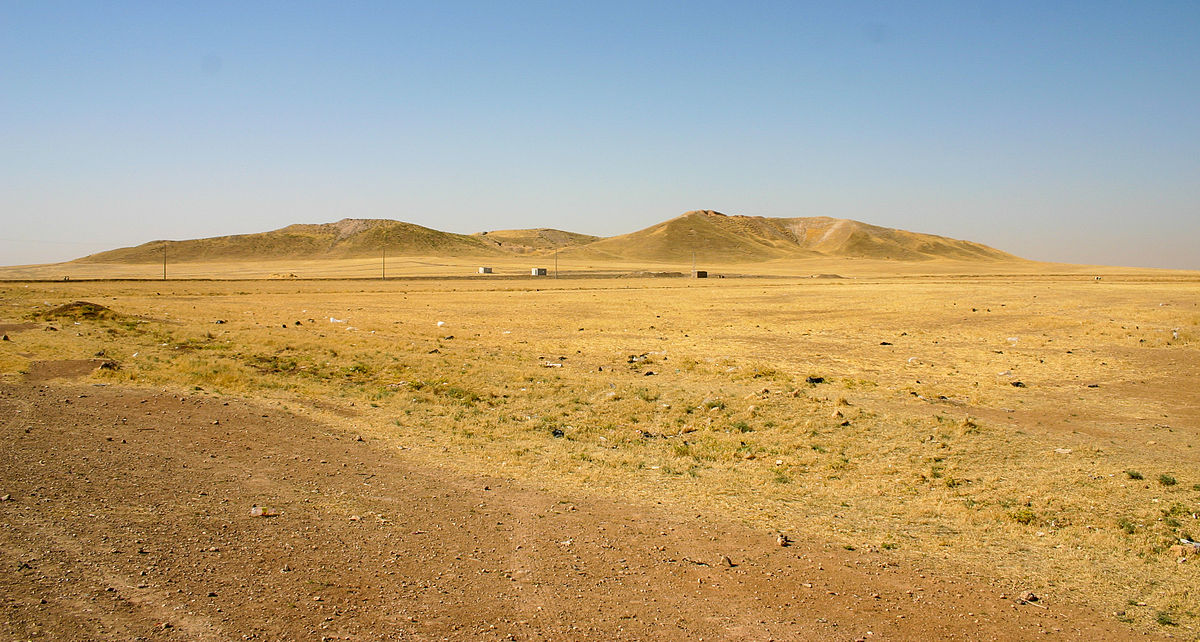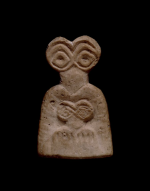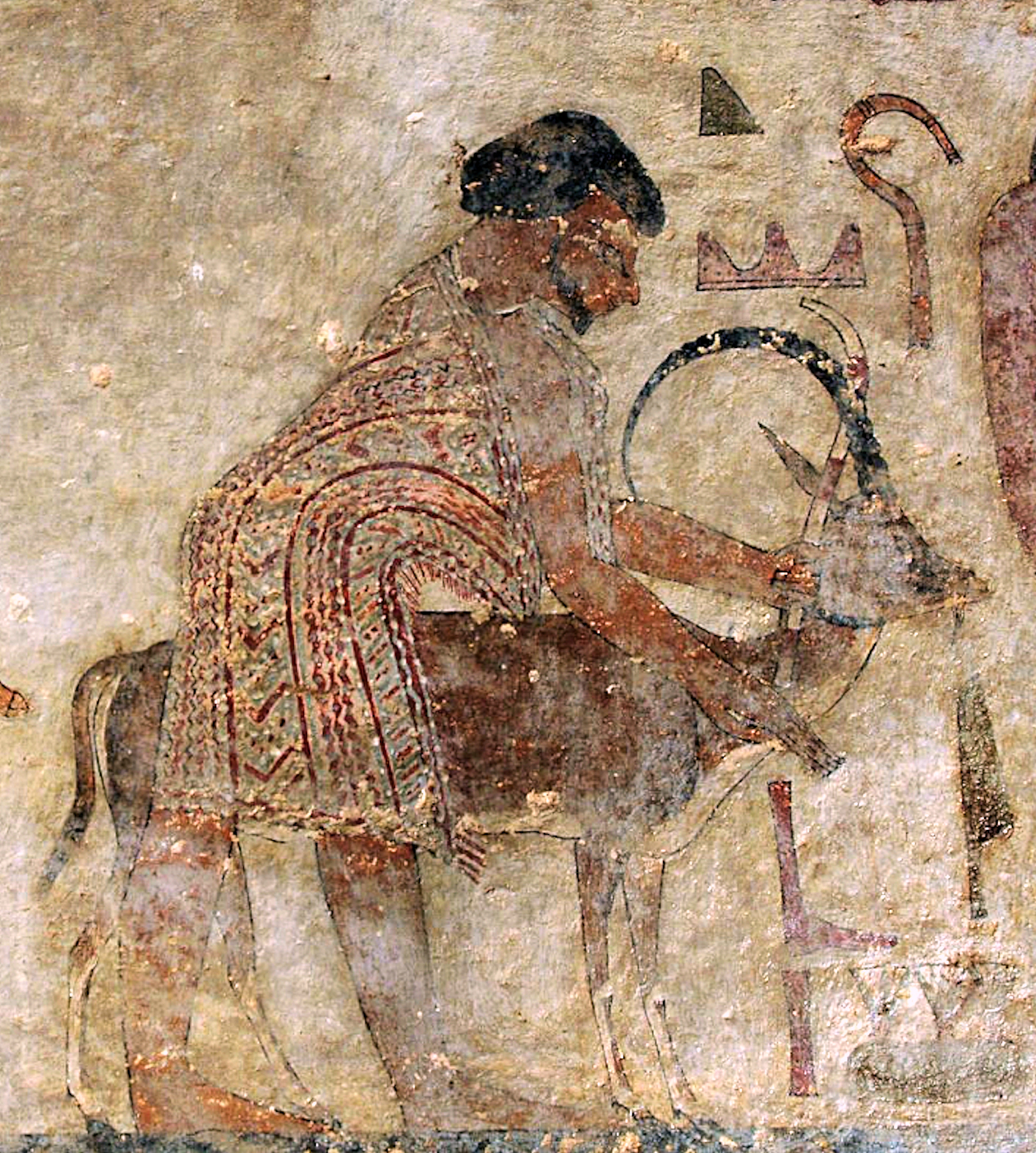I was taught in school that Greek was the first civilization. There may be things to learn from other civilizations.
I can help.
In Academia, in the fields of archeology, anthropology and history, there is "The Paradigm."
The Paradigm says that humanity constantly grows and progresses. That's a beautiful thought, because we believe that we're constantly blooming and flowering.
Now that you understand that, you understand why anything -- no matter what it is -- that contradicts The Paradigm is categorically dismissed and put in the taboo category, because it means that at some point, humanity failed and regressed and that's not beautiful and we don't want to believe it could ever happen to us.
As you know, South Pacific Islands are volcanic in origin. What you probably don't know -- because it is taboo -- is that on one of those islands, there was a city whose buildings were constructed of granite. Granite is not native to the South Pacific because, well, they're volcanic in origin. That means somebody traveled at least 1,000 miles to get a whole lotta granite and bring it back to that island to build their temples and palaces and homes.
Some of those granite structures are above sea level, but some are partially submerged and some are fully submerged.
What can you infer from that?
Very obviously, someone knew how to quarry, cut and shape granite.
But, it also means that since people don't build cities underwater, they were built
before the sea levels rose. When was that? About 14,000 years ago at a time when Academia says it wasn't possible to quarry, cut or shape granite.
Anyway, Academia held out Greece to be the oldest civilization because that fits with their paradigm. Written records repeatedly mentioned far older civilizations, but Academia dismissed them as myths.
It was until Schliemann discovered the mythical city of Troy that opened the flood-gates.
It wasn't until the 1930s that Sumer & Akkad and all the neighboring civilizations were found that started causing angst.
When I was at the British Museum, they had 32,000+ clay tablets in either Sumerian pictographs or Sumerian/Akkadian cuneiform of which about 6,000 have been translated since about the late 1940s. There aren't very many Sumerologists (that's what they're called) and getting funding and access to those tablets at the British Museum is very difficult, so don't expect the remaining 26,000 tablets or so to be translated and published in your life-time.
We call them Grecophiles or Greek-firsters because they don't recognize any civilization prior to Greece, and the few who grudgingly do insist the earlier civilizations were inferior to Greece.
Those civilizations were superior to Greece, especially in the area of math and science. They knew the Earth was a sphere and that Earth and other planets orbited the Sun contradicting the Greeks who believed the Earth was flat and the Sun and everything else orbited Earth.
Very obviously, humanity took a hop, skip and jump backwards in the wrong direction, which contradicts The Paradigm and that is one reason they ridicule and attack Sumerologists and others studying ancient Mesopotamia.











